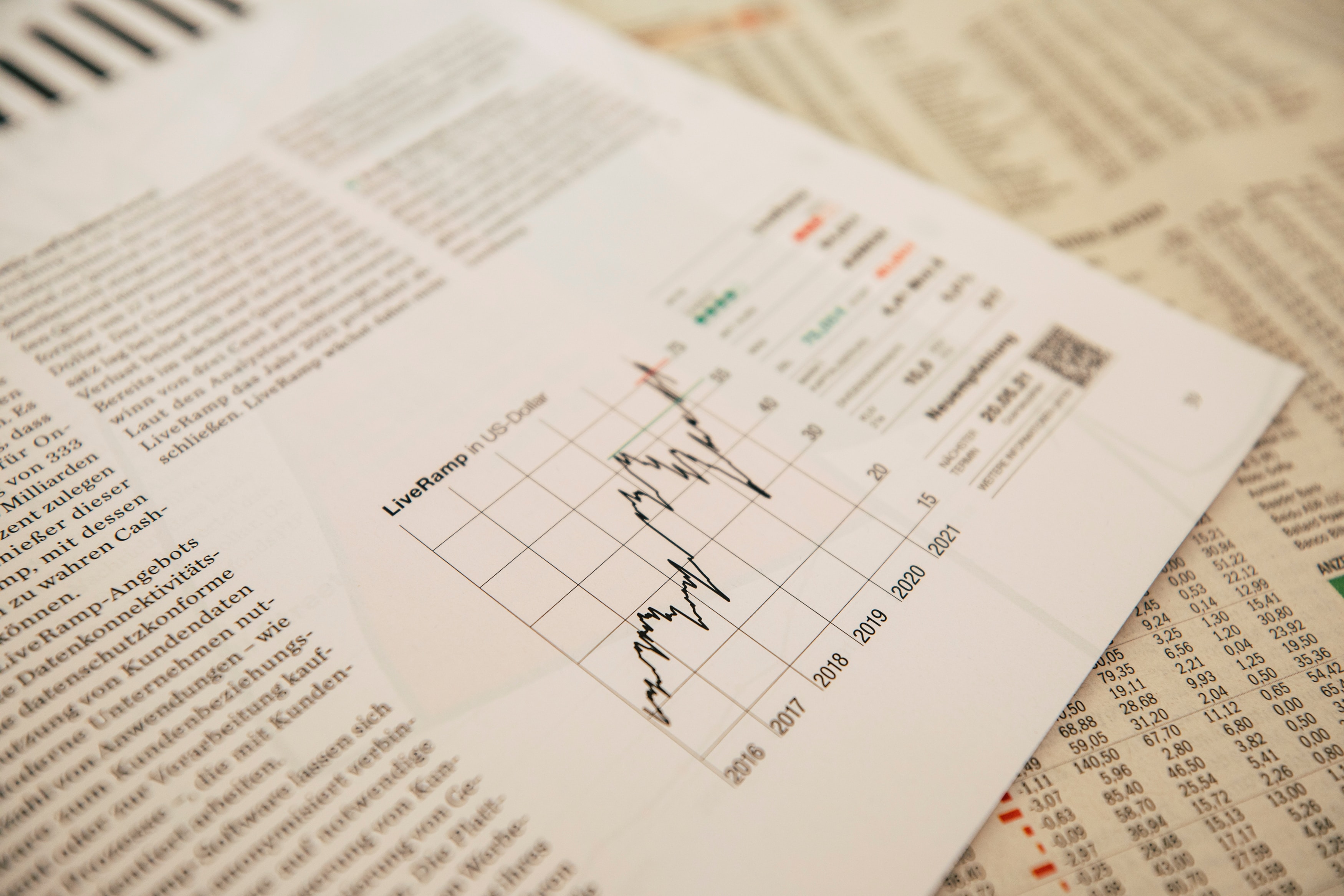Qubics tokenomics
Written by
Qubic Team
Jan 18, 2024

Emission
Each epoch in the Qubic network spans seven days, during which 1 trillion $QUBIC is produced. The maximum coin supply is capped at 1000 trillion, a threshold expected to be reached no earlier than 2041. The native coin of Qubic has no decimal point, eliminating floating point calculations to enhance performance. This results in vast $QUBIC quantities, which can be alarming to some. If you see numbers like 1 trillion per week and 1000 trillion max supply without dividing by 100 million, you might think there are just too many $QUBIC. But there is no need to worry, to simplify we just can compare $QUBIC to the equivalent satoshis for BTC it looks different. There are 2100 trillion satoshis for BTC max coin supply and even now after all the halvings about 650 billion satoshis per week are being emitted. And BTC has no burning mechanism.
Transfers and Fees
Qubic stands apart from most protocols with its approach to transfers and fees. Transfers within the Qubic network are feeless, contributing to the efficiency and user-friendly nature of the platform. Furthermore, 'fees' associated with executing smart contracts are not fees in the traditional sense. These $QUBIC are not paid by Qubics users, they are paid by the smart contract itself. Accepted Smart Contracts are launched via an IPO with 676 shares and shareholders can gain passive income through Smart Contract fees (depending on the type of smart contract). The $QUBIC costs for the shares are burned - locked into the Smart Contract to pay for Smart Contract-execution, and therefore are burned. Once the locked $QUBIC is used up, some of the shareholder fees must be used for further Smart Contract execution. So $QUBIC has in the Qubic ecosystem more the role as an 'energy unit' rather than money.
Burning
When we talk about burn mechanisms, we should mention that Qubic has a few of them. One major burn mechanism involves smart contracts. Not only is every smart contract launched via an IPO, with the share costs being burned, but smart contract execution also consumes a significant amount of $QUBIC. Next, we have oracles, which play a key role in burning $QUBIC while providing Qubic with real-world data. Furthermore, since creating an open-source AI is a primary goal of Qubic, using this AI (Aigarth), which is built on top of Qubic, will also consume $QUBIC in the future.